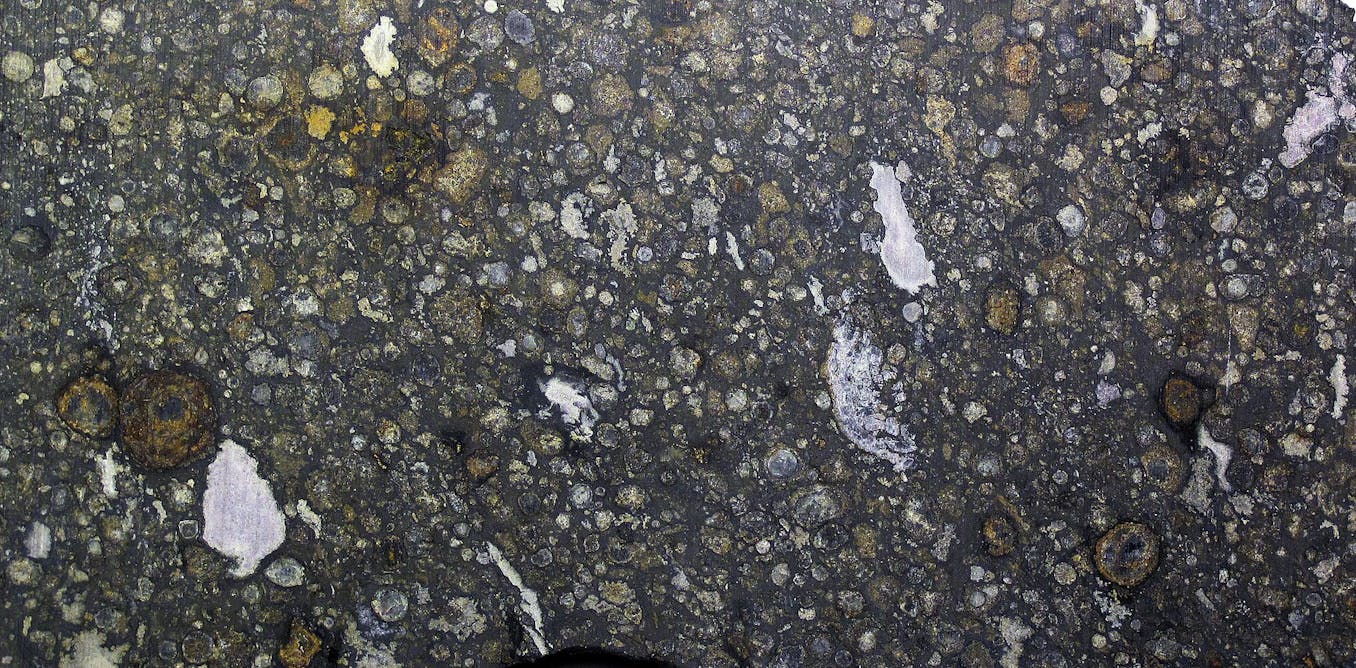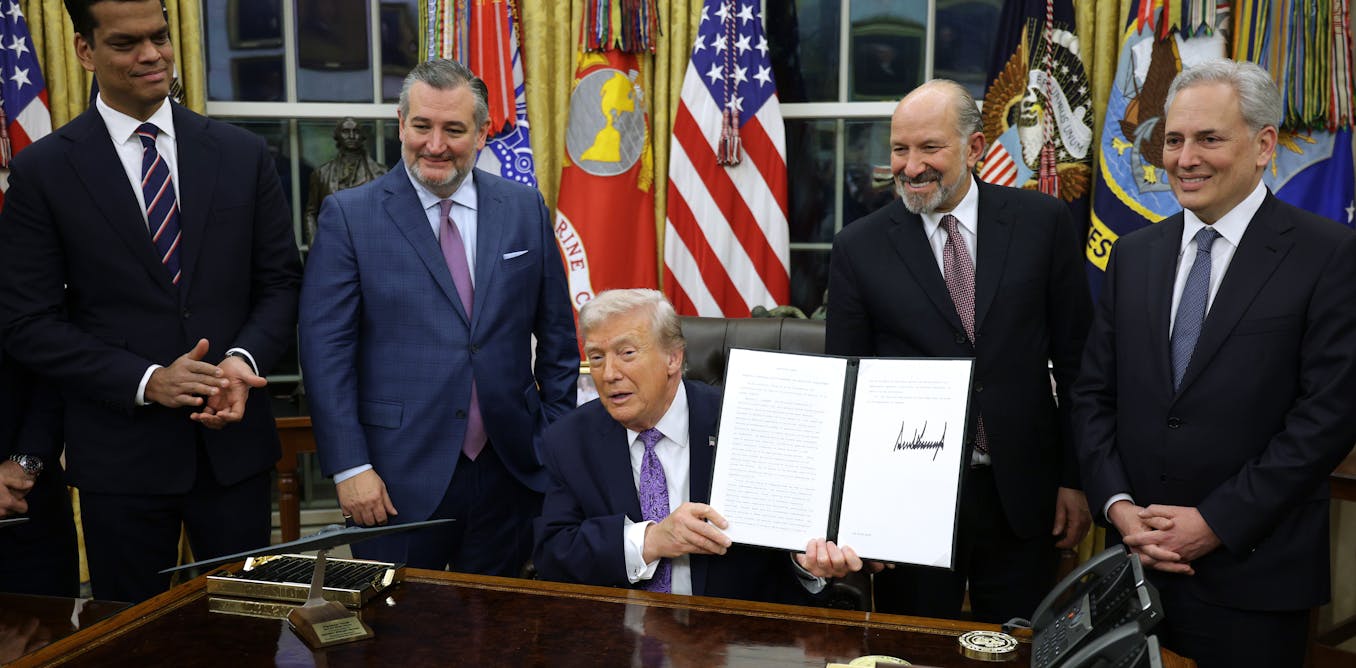It might seem surprising, but federal research funding isn’t just for scientists. A component of many federal grants that support basic research requires that discoveries be shared with nonscientists. This component, referred to as “broader impacts” by the National Science Foundation, can make a big difference for K-12 students and teachers, museumgoers, citizen scientists and other people interested in science, while also helping the scientists themselves give back to the taxpayers that fund their work.
Basic research, often done because of a curious scientist’s interest, may not initially have a direct application, like developing the smartphone or curing a disease. But these discoveries build important knowledge in the natural sciences, engineering, mathematics and related disciplines.
The U.S. is a world leader in scientific and technological innovation. On the federal level, the National Science Foundation, or NSF, is one of the primary funders of this kind of basic research. In 2022, the federal government funded 40% of all basic research done in the U.S., with the remainder coming from other sources, including the business sector.
During World War II, President Franklin D. Roosevelt wanted to position the U.S. for strategic and economic leadership worldwide. He commissioned physicist Vannevar Bush to develop a vision for the future of U.S. science and technology. His 1945 report, “Science: the Endless Frontier,” became the blueprint for government-funded basic research. In 1950, Congress created the National Science Foundation to promote the progress of science, advance national prosperity and welfare and secure the national defense.
Office for Emergency Management Defense
During the early decades of NSF, the 1950s until the late 1990s, proposals were mostly evaluated based on the quality of the science and the scientists doing the work. But then, the foundation created a new system, still in place today.
Thus, each NSF research proposal is now peer-reviewed based on two criteria: intellectual merit, or the quality and novelty of the science and track record of the research team, and “broader impacts” – related activities that disseminate the discoveries to general audiences.
Intellectual merit is about advancing science knowledge and innovation, while broader impacts describe why people who aren’t scientists should care, and how society could benefit from this research.
Another pragmatic aspect to broader impacts is that taxpayers pay for these activities, so it’s important for them, and Congress, to understand their return on investment. These broader impacts activities communicate about, and engage the public in, research in a variety of ways.
While researchers usually understand the intellectual merit of their NSF-funded projects, these broader impacts can be challenging to characterize.
Broader impact activities
Since childhood, I’ve had an interest in paleontology — the study of fossils and what we can learn from them about prehistoric life. This field is primarily basic research — adding to knowledge about ancient life. As a scientist conducting basic research, I’ve felt the responsibility to give back to society through broader impacts activities, and I’ve seen many of the benefits that these activities can have.
My primary area of interest has been extinct mammals of the Americas, particularly the 55-million-year-old record of fossil horses on this continent. For years, NSF supported my discoveries about this interesting group of animals. Fossil horses are a classic example of evolution — in books and museum exhibits.
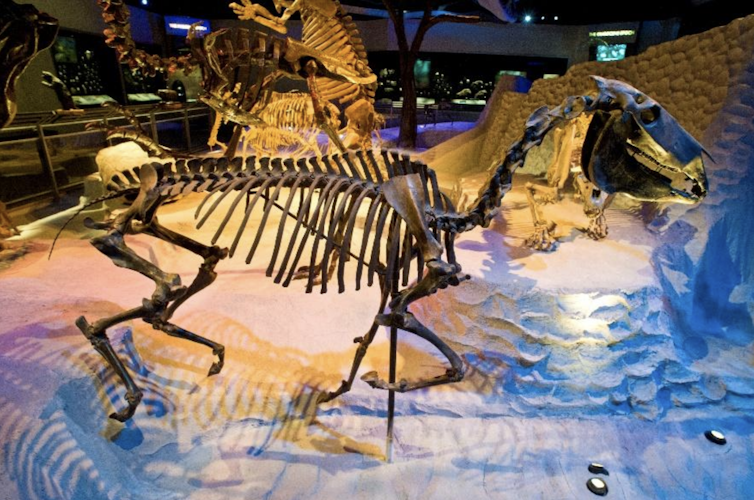
Florida Museum (Mary Warrick photo)
Many people are generally interested in horses, so it’s easy to attract their attention with this charismatic group. They also are often surprised to learn that prehistoric horses were native to North America for millions of years. Then, during historical times, they were first introduced by humans onto the continent about 500 years ago.
Over the years, my research team has used grant-funded broader impact activities to teach people about these fossil horses and our research. One example included working with K-12 science teachers to develop lesson plans. The students measured fossil horse teeth and explored how their teeth adapted to feeding on grasses. We’ve also developed exhibits on fossil horses and studied how they communicate science to museum visitors.
Science teachers have joined our fieldwork to collect fossils along the Panama Canal during its recent expansion. I’ve given many talks and collaborated with fossil clubs and their members throughout the U.S. We’ve also promoted projects like Fossils4Teachers where fossil collectors donated their fossils and worked alongside K-12 teachers to develop lesson plans that were implemented back in the teachers’ classrooms.
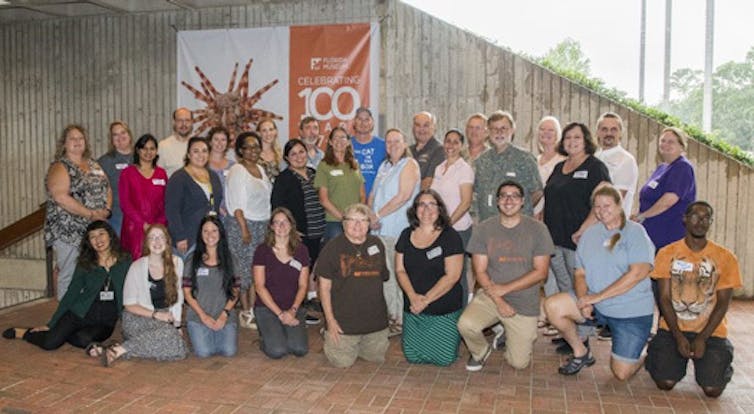
Florida Museum (Jeff Gage photo)
We’ve also been able to activate peoples’ interest in other animal groups — such as fossil sharks. Through our Scientist in Every Florida School program, we gave middle school teachers study kits with real fossil shark teeth. Their students learned to identify the shark teeth and then trained computers to identify the teeth using machine learning, a type of artificial intelligence.
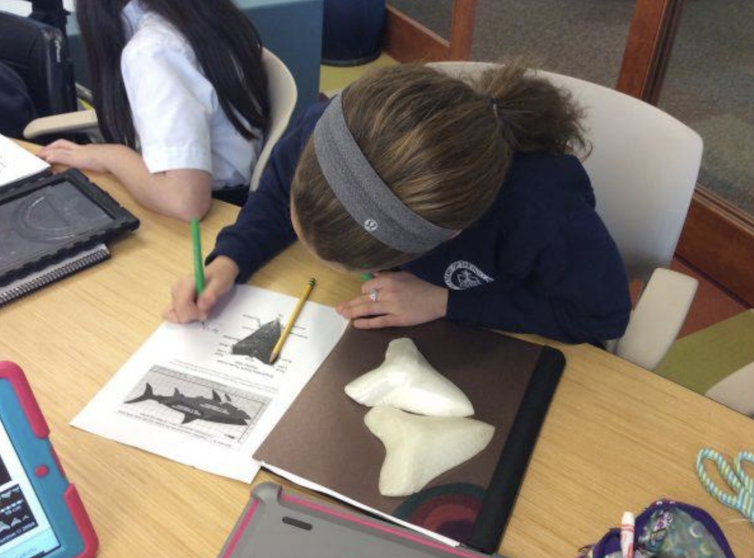
Florida Museum (Megan Higbee Hendrickson photo)
Broader impact outcomes
Broader impacts activities like these can have a variety of short- and long-term outcomes. More than 50 million people visit natural history museums in the U.S. annually. Activities that promote museums can reach large numbers of people in their pursuit of lifelong learning.
More broadly, participatory science interest groups can allow people to learn about science while informing basic research projects. Within the field of natural history, a few popular examples include the Merlin app and the iNaturalist app, both of which have millions of active observers. Merlin encourages people to submit their observations of birds, and iNaturalist accepts sightings of plants, animals and fossils, which researchers can carefully vet and use as data.
Many of the K-12 teachers my team has worked with report that they feel more confident teaching the new science content that they learned from our collaborations.
Interestingly, although much of the research on science professional development focuses on the teachers, scientists also report a high level of satisfaction and improved communication skills after working with these teachers, both in the field and back in the classroom.
Basic research benefits for society
Generations of U.S. scientists have greatly benefited from federal investments in basic research. In the 75 years since NSF’s founding, the organization has funded hundreds of thousand projects to advance science and technology.
These have supported basic research discoveries and also the training and career development of the tens of thousands of scientists working on these projects annually.
Many prominent scientists have gone on to be productive leaders and innovators in the U.S. and internationally. NSF has funded more than 268 Nobel laureates.
While NSF invests in the discovery of foundational knowledge about the natural world, funded projects have not traditionally had direct applications for societal benefits. To be sure, however, many of NSF’s projects – for example, on lasers and nanotechnology – started out as curiosity-driven basic research and ended up with immense applications for technological innovation and economic prosperity.
For example, mapping the Earth’s ocean floor’s magnetic properties during World War II helped scientists understand how the crust moves and mountains form. This led to the plate tectonic revolution in the earth sciences. This line of basic research then led to an important application: predicting the probable location of high-risk earthquake zones worldwide.
None of these downstream applications and benefits to society would have been realized without basic research discoveries supported by federal agencies such as NSF, and the further value added through broader impacts activities.
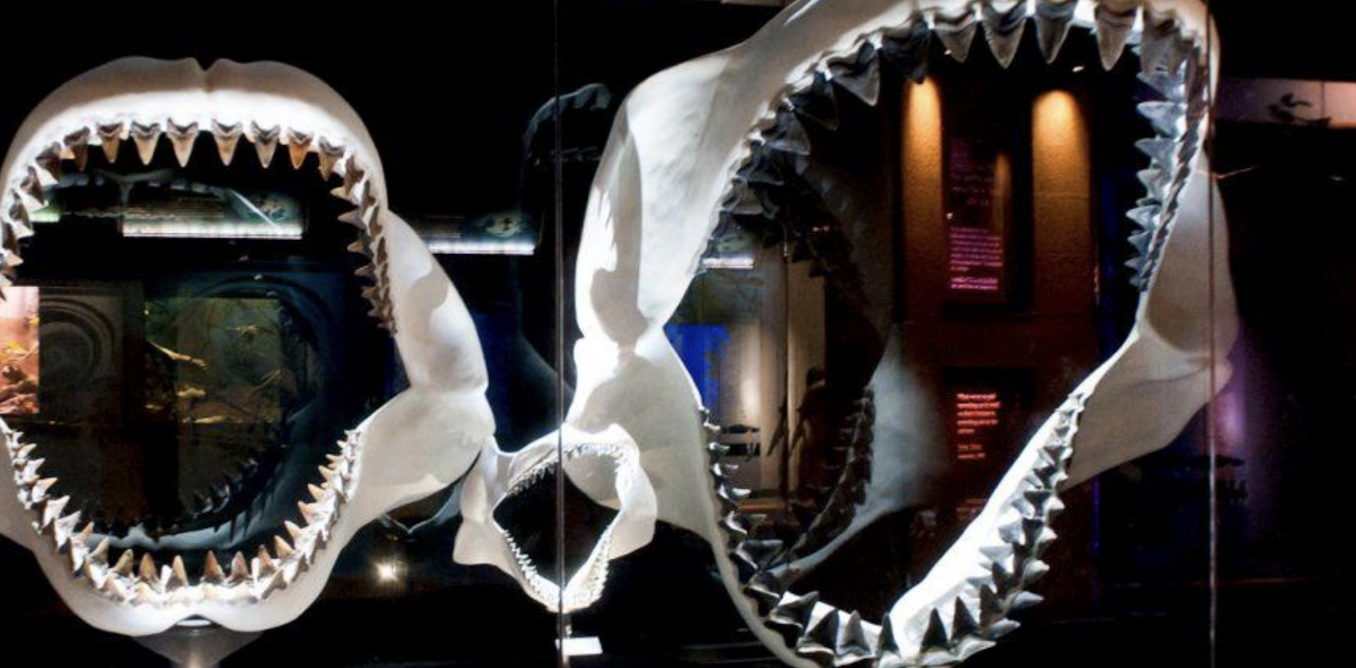
The post “Basic research advances science, and can also have broader impacts on modern society” by Bruce J. MacFadden, Distinguished Professor Emeritus, University of Florida was published on 05/08/2025 by theconversation.com






















